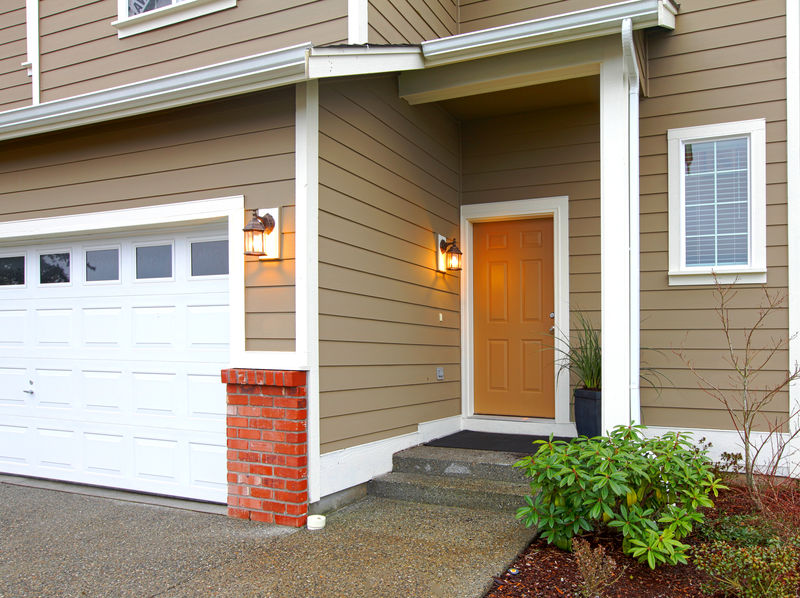
Siding is one of the most important investments you can make as a homeowner. It’s your first protection against the elements (along with your roof), and it’s also an important aesthetic component of the home. It may not be as exciting as a kitchen or bathroom upgrade, but new siding is a smart investment for a lot of different reasons. The only problem is, there are a lot of different types of siding to choose from – and not all of them will be the best choice in your particular case.
1. Vinyl
This is the most popular type of siding in the country today, and for good reason. Vinyl is a very strong material, comes at a low price point, and comes in a whole range of colors and styles. You can find a lot of different shapes and “cuts” of vinyl siding, including everything from vertical or horizontal patterns to more intricate designs such as beaded panels, shingles, fish scales, and so forth. Vinyl is also super easy to clean.
Vinyl stands out as the prevailing choice for siding across the nation, and its popularity is well-founded. Renowned for its durability, affordability, and a diverse array of colors and styles, vinyl offers a versatile selection. Whether you prefer vertical or horizontal patterns, or intricate designs like beaded panels, shingles, or fish scales, vinyl provides an extensive range of shapes and cuts. Notably, it’s not just a practical choice; vinyl is also environmentally friendly and remarkably easy to clean.
2. Fiber Cement
Next to vinyl, this is the most popular option out there – and again, there are clear reason for this. The basic ingredients of fiber cement siding are cement, wood (fiber) and sand. The overall visual effect is similar to natural wood, and many people are drawn to fiber cement siding because of this aesthetic. It can also be repainted, which is a big plus for some homeowners. One of the biggest benefits is durability – fiber cement siding can actually still be in good condition over 100 years after installation.
There are a couple of drawbacks to fiber cement siding – namely that it costs up to three times as much as vinyl, and requires a bit more maintenance.
3. Brick
This option is called “timeless” not only because it can basically last forever, but because the aesthetic is timeless when done right. There are two options: 1) regular brick siding, or 2) brick veneer, which is a layer of brick at the exterior of the home.
Brick is highly resistant to common threats such as fire, termites, and weather events. Maintenance requirements are virtually non-existent, and the durability can actually bring down the price of home insurance. On the downside, the mortar joints in brick siding can deteriorate and may need to be replaced over time. Brick can be painted, but once paint is applied, getting back to the natural brick finish is extremely difficult.
Who should install your new siding?
Once you’ve chosen a siding product, there is, of course, also the important question of who you hire to install it. Warranties generally come from the manufacturer, but a workmanship warranty is also a given when you hire a reputable siding installation specialist. Look for experience, professionalism, and positive customer reviews when choosing a contractor – and always make sure that the fee schedules are clear and easy to understand!
